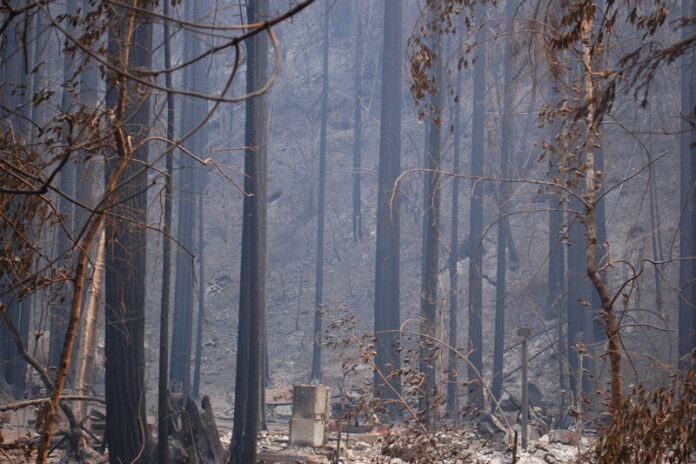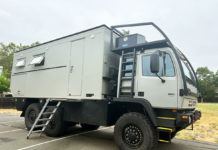Four years ago, I moved out of Healdsburg proper after living there for 10 years, to Brack Road off of West Dry Creek. The Walbridge Fire came within ¼ mile of where I am living and while I am fortunate to have escaped its ravages on many levels, I am humbled by the lessons it has already taught me.
My home and the land I live on were untouched. The homes and land of many people I care about were everything from disrupted to scarred to incinerated. The first thing I learned from this vantage point of a fire event like this, after having lived through the other two major fire events that came into our midst, is that it’s different when what burns is a tree you know, or a landscape deeply imprinted within you, or when the people who inhabit the area are known to you.
After the Tubbs Fire I got involved with community preparedness organizing, seeking to engage my neighbors in a level of connectedness that could serve us well in a future calamity. The goal was simple, to know one another enough to help each other out when the time came. The process was pretty straightforward: meet and agree we will create a degree of connection and communication that will help us all prepare well for the next disaster, be better informed when the time comes, increase the first responders’ awareness of us and our properties and be able to share info with each other for our collective safety and well-being.
Since the fires of 2017 multiple groups of neighbors have formed across our North Sonoma County area — COPE groups (Citizens Organized to Prepare for Emergencies) got organized by geographic area and neighborhood leads were identified. Neighbors agreed to provide basic info for being in contact and for the firefighters to know all of the properties in the area, their assets and water supplies, etc. This basic info was used to create pre-attack maps that visiting fire agencies unfamiliar with our area could use to better locate structures and roads in a new area with limited visibility or location orientation. The Mill Creek COPE group, brilliantly led by Mark Farmer and Mark Menne, created evacuation routes and held dry runs to optimize their ability to efficiently and cooperatively get out when needed. Neighbors all along West Dry Creek Road met to share information about emergency radios, sprinkler systems, gate lock issues — anything and everything that could aid a property owner in effective home hardening and vegetation management.
All of it mattered. No one died. We had a 50-year fire in the densely forested rugged terrain between Dry Creek Valley and nearly the Pacific Ocean that spread rapidly to 55,000 acres, but no one died. Many properties were burned, and homes and possessions evaporated, but all the investments made through COPE groups mattered. We were more connected than we’ve ever been, we had strong connections to the fire and law enforcement agencies, we knew more about what we needed to do when the evacuation notices came, we had channels of communication in place and we looked out for each other. We shared information and are still supporting each other in recovery. It all mattered.
Too many of us have lived through fire trauma in this county and our surrounding areas. I have to say I am grateful for the successive lessons learned from each incident. During a fire emergency is not the time to get to know your neighbors, nor is it the time to try and figure out what you’re supposed to do. Thinking and talking about it ahead of time matters. This year of unforeseen public health and natural disasters is reminding us of how essential we are to one another and how our willingness to be connected and cooperate with one another, even a little bit, can save lives.
I hope everyone will be inspired to create some form of neighborhood community preparedness group, and soon. If for no other reason than to help the first responders help us and to be better equipped to help ourselves when the scale of a disaster means few resources can be deployed on our behalf. COPE is a well-developed model already widely used across northern Sonoma County, well recognized by our public safety and elected officials, and worth adopting. For more information you can visit https://copenorthernsonomacounty.com/.
Taya Levine is a resident of Healdsburg.
51.9
F
Healdsburg
April 22, 2025









